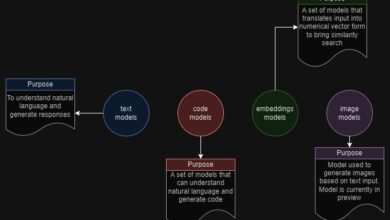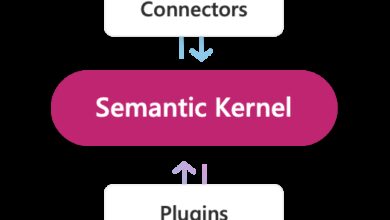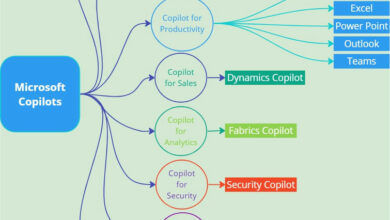Implementing an RNN in C# for Sequence Prediction
Recurrent neural networks (RNNs) are a type of neural network that excel at processing sequential data, such as time-series data or natural language. RNNs achieve this by using a hidden state vector to pass information from one time step to the next, allowing the network to maintain a “memory” of previous inputs.
We have developed an example implementation of an RNN with a single hidden layer in C# using matrix operations. Here is the code:
[RNN implementation code here]
To test the RNN, we need a toy dataset consisting of input vectors and their corresponding output vectors. For instance:
[Toy dataset code here]
Each input vector in the dataset is a sequence of three numbers, and the corresponding output vector is the next three numbers in the sequence. The RNN is trained to predict the next output vector given the current input vector.
To train the RNN, we use stochastic gradient descent to update the weights and biases based on the difference between the predicted and actual output. Here is an example training loop:
[Training loop code here]
The training loop resets the RNN’s hidden state for each epoch and iterates over the input sequences, performing a forward pass for each input. It then computes the loss and gradients based on the difference between the predicted output and actual output, and updates the weights and biases using stochastic gradient descent.
To run the code, you need to install the MathNet.Numerics package, which provides the matrix and vector operations used in the code. You can do this using the NuGet package manager in Visual Studio or the following command in the Package Manager Console:
Install-Package MathNet.Numerics
Once you’ve installed the package, you can create a toy dataset and run the training loop to train the RNN on the dataset.
After training, you can use the trained RNN to predict the output for new input sequences by calling the Forward method on the RNN object. For example:
[Testing code here]
This code creates a new input sequence and uses the trained RNN to predict the output sequence. The output may not be an exact match for the target output, but it should be close, indicating that the RNN is capable of generalizing to new inputs.
Conclusion
In this project, we implemented an RNN in C# using matrix operations and tested it on a toy dataset. We have demonstrated how to use the MathNet.Numerics package to perform necessary matrix and vector operations and how to train the RNN using stochastic gradient descent. Additionally, we have shown how to test the trained RNN on new inputs and obtain the corresponding outputs.
At Skrots, we also provide similar services in natural language processing and time-series data analysis. We invite you to visit our website at https://skrots.com/ to learn more about our offerings and explore the various services we provide at https://skrots.com/services. Thank you for your interest in our work!




